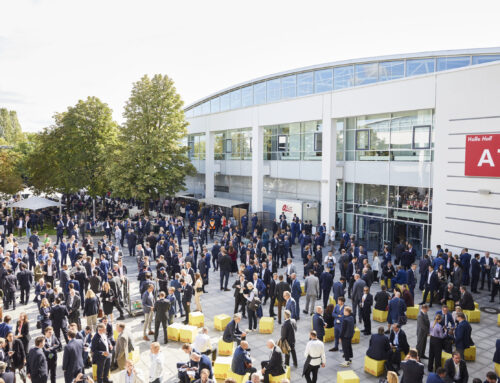We expect the global rise in inflation to be more than just a short-term cyclical phenomenon. Rather, we are in a transition process to structurally higher inflation rates and interest rates. The favorable macroeconomic environment that has characterized the development of financial and real estate markets practically since the turn of the millennium seems to be over. Europe is likely to enter a severe recession due to the energy shock, if energy supplies cannot be secured in the immediate future. This negative economic outlook argues for a cyclically induced decline in inflation. Structurally, inflationary pressures are likely to remain higher in the medium term than over the past two decades due to global labor shortages (demographic) and deglobalization trends (geopolitical).
Central banks are in the process of catching up from years of too loose monetary policy. They are likely to tighten monetary policy further. The lessons from the inflation turmoil of the 1970s are that you can’t loosen monetary policy too soon. This is why the Fed has so forcefully intervened to scale back financial market expectations of interest rate cuts in 2023. The SNB has also already made – what we think is – the correct analysis, that we are in a new environment. A stronger CHF is now desirable and will not prevent further interest rate tightening, even if it is also included in the consideration of “monetary conditions”. The latter means that the SNB will have to raise interest rates less than other central banks. The ECB and Bank of England are under pressure, as inflation from energy components is now being transmitted to core inflation. There will be an interest rate cycle with interest rate cuts again in a few years, but our assessment is that on average we will move to higher interest rate levels in Europe as well, so the whole curve will shift upward.
If our analysis is correct, valuations on the real estate markets (in contrast to the financial crisis this time Switzerland is affected as well) are facing a new price discovery phase. The latter differs in real estate markets from that in more liquid asset classes. Therefore, we present our four-phase model as a framework to think about the transition.
The table outlines some important points. Depending on the reader’s perspective, one column or the other might be more relevant. Our assessment is that we are currently in the first phase. The transition to phase 2 we estimate in a few months from now. We believe that the exciting opportunities will be presented in phase 2. Therefore, from the perspective of investors who want to put new money into real estate investments, patience is required.
From the perspective of real estate investment managers, an adjustment of the focus of activities is necessary compared to the last years. Whereas in recent years the focus has been on growing AuM, measures are currently needed to help to get through the crisis without suffering any major damage. This may mean, for example, shifting the focus of business development from raising new capital to avoiding redemptions. Product Development is strongly challenged. Such departments must already anticipate which products can benefit from this new environment. This is because 2023/2024 should be attractive IRR vintages, especially for higher risk strategies. In general, the importance of research, risk management and asset management increases in such a phase.
Unfortunately, many platforms have reduced the quality and headcounts of internal real estate research in recent years for cost-cutting reasons. No research was needed because real estate investing was generally a one-way street. Macro Real Estate was created precisely in anticipation of a crisis. We are here to help investors and managers to make the right strategic and investment decisions in such difficult times. We can bring in senior research and strategy expertise very quickly, flexibly and cost-effectively.
Zoltan Szelyes, October 16 2022
Macro Real Estate’s Four Phase Model
|
|||||||||||||||||||||||||||||||
|---|---|---|---|---|---|---|---|---|---|---|---|---|---|---|---|---|---|---|---|---|---|---|---|---|---|---|---|---|---|---|---|







Leave A Comment